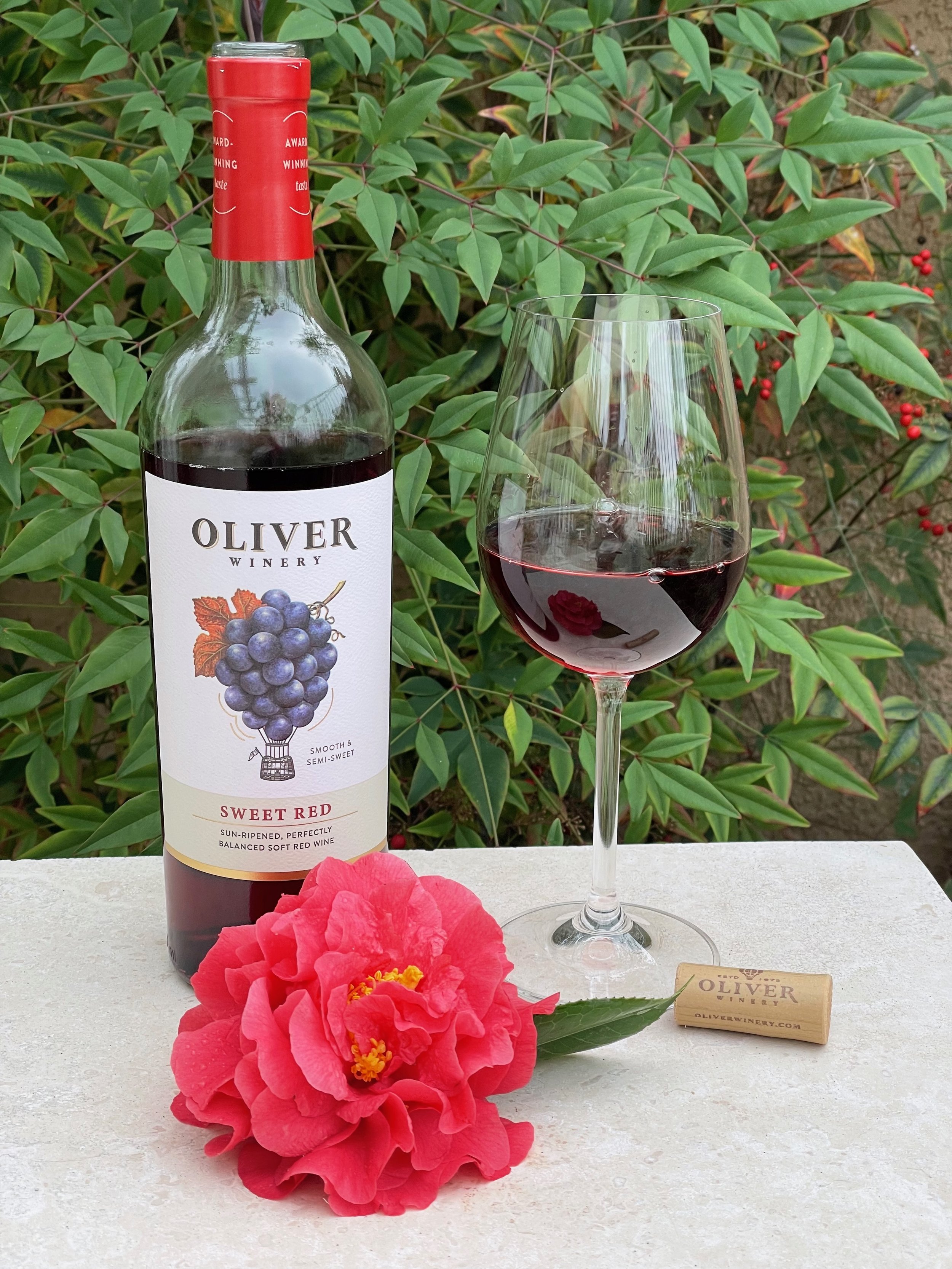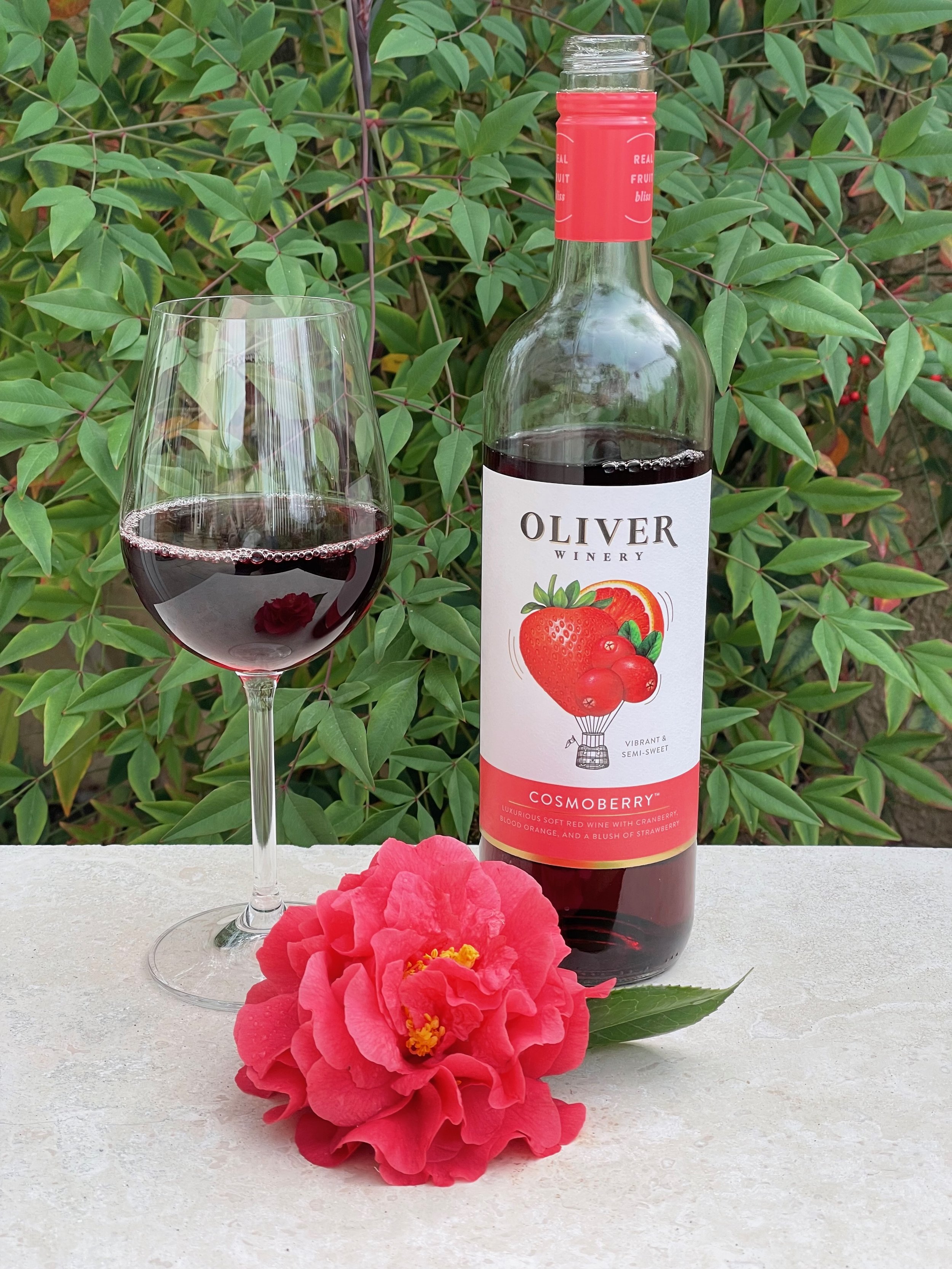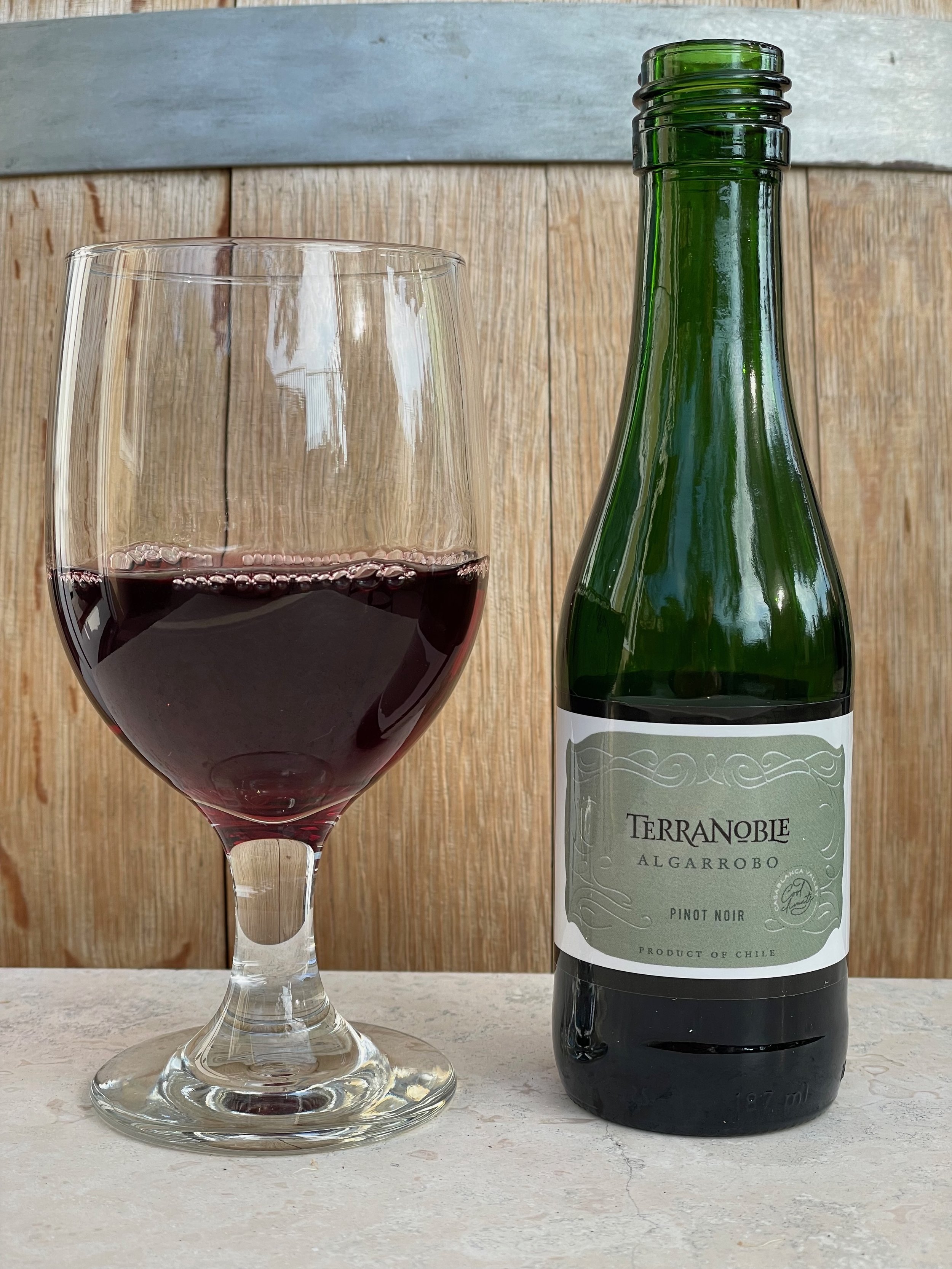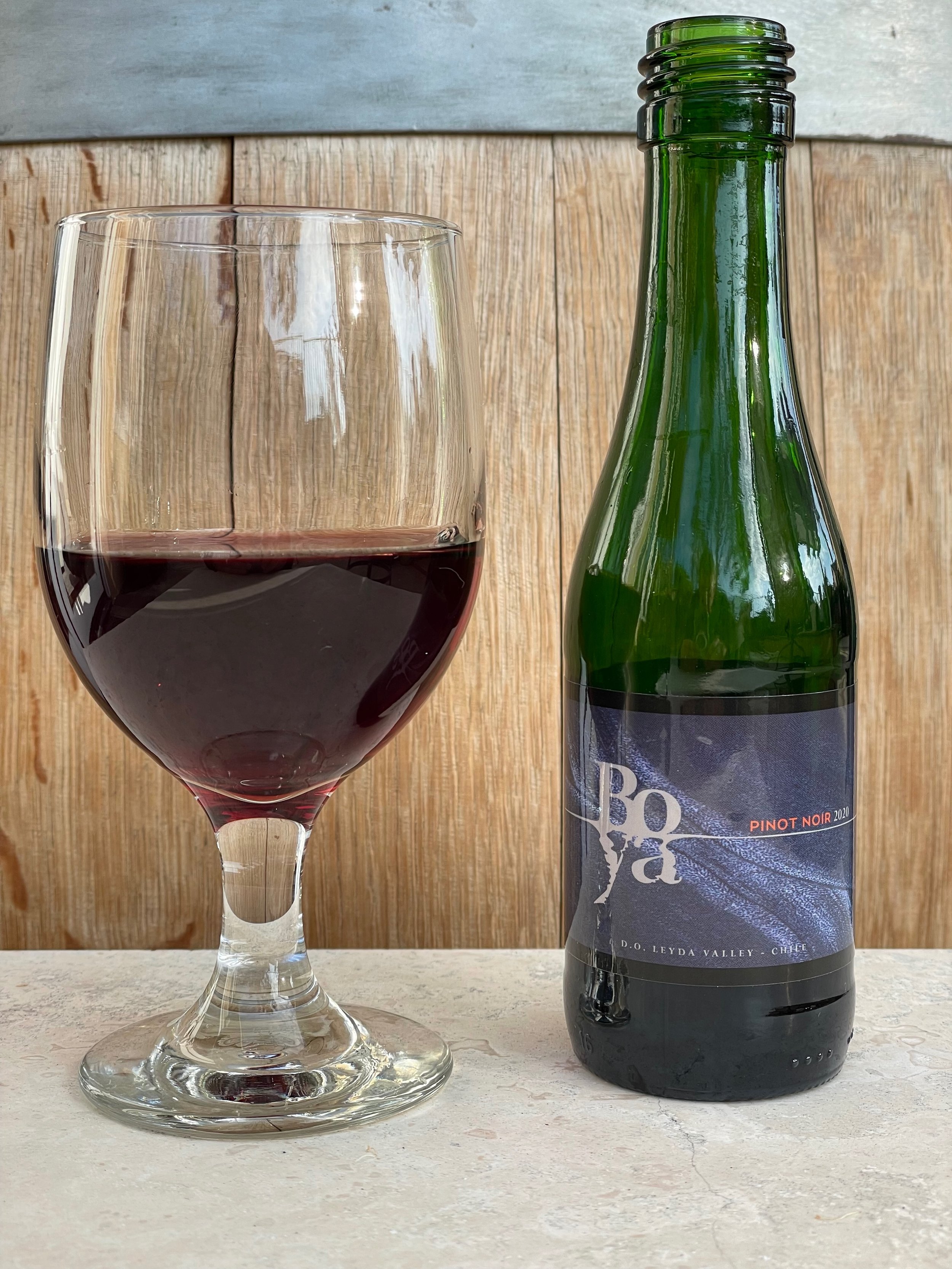Oliver Winery, located in Bloomington Indiana, is “Driven by curiosity and creativity” according to Rob Warren, VP of Winemaking. This ‘hobby winery’ has grown to be among the 30 largest wineries in the U.S. They seek to set the quality standard for the sweet and flavored wine category with innovative yet approachable wines - unpretentious, full of personality and refreshingly real - No flavorings or colorings, no high fructose corn syrup.
Oliver wines are:
Giftable: Bright, bold flavors make these wines a thoughtful and approachable gift for wine enthusiasts and casual drinkers alike
Chocolate Pairing Perfection: Dreamberry and Cosmoberry complement a variety of chocolates, while the Sweet Red pairs with everything from truffles to chocolate-covered pretzels
Celebration-Ready: Whether for a party or romantic dinner, these wines are festive, fruit-forward options
The ‘Soft Wine Collection’ from Oliver Winery (including the three featured wines below) is crafted with juice from the cool-growing Great Lakes region and cold fermented in stainless steel tanks resulting in a bright fruit taste and aroma.
Oliver Winery - Sweet Red ($13)
Ranked one of the Top 6 sweet red wines in the U.S.
Classic Concord grape aroma, deliciously smooth, fruity taste, and ruby-red color. This soft red wine is fresh, crisp, and just-sweet-enough.
Oliver Winery - Dreamberry ($16)
This wine has layered real flavors of light and tropical lychee and raspberry with sweet red wine and a hint of lime. A refreshingly real, deliciously juicy wine. Made with the very best fruit and natural ingredients.
Oliver Winery - Cosmoberry ($16)
Inspired by the classic Cosmopolitan cocktail, this berry-infused sweet red wine has a familiar Concord-based red wine a twist, with a bright balance of natural cranberry, strawberry, and blood orange. Cosmoberry is a smooth, easy-to-drink wine.
For 50 years, Oliver Winery wines has represented the highest-quality ingredients. Their winemakers continually refine each wine in their portfolio to create approachable, fruit-forward, flavorful wines you can enjoy again and again. Cheers!
Disclosure of Wine Sample Submission: I received these samples at no cost for review.
Media Samples Provided by Oliver Winery












